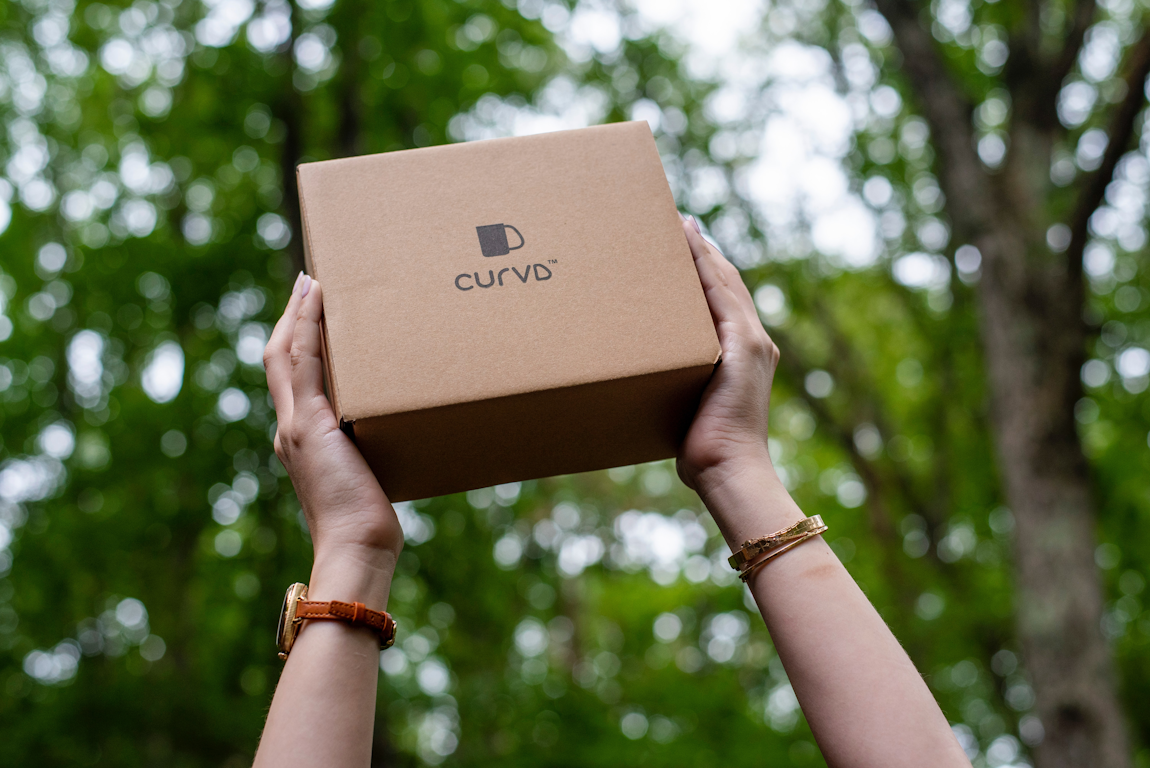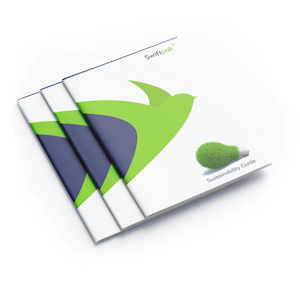In this article, we will showcase five innovative examples of sustainable packaging designs that are helping businesses to reduce waste and promote environmental responsibility. From biodegradable and compostable packaging to lightweight and reusable packaging, these solutions are helping businesses deliver a more sustainable future for all.
1. Plantable packaging
Plantable packaging is becoming a popular solution for the packaging of goods such as food, and personal care products. Made from materials that can be planted and grown into plants or vegetation, plantable packaging is an innovative way to reduce waste, and conserve natural resources without having to compromise on design or functionality.
An example of plantable packaging is seed paper. Seed paper is a plantable material made from recycled paper that has seeds embedded in it. When the paper is planted in a soil or hydroponic substrate, the seeds germinate and grow into plants. This packaging is a great alternative to traditional packaging materials, such as plastic, which can take hundreds of years to decompose in landfills.



